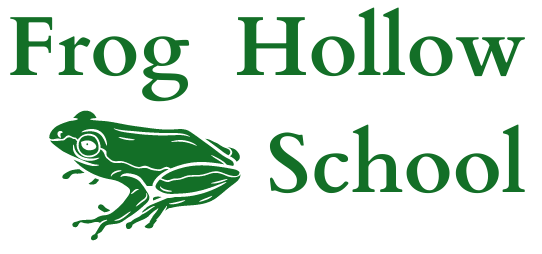My two classes have been having a friendly competition. Each class has been collecting homonyms of the sounds-the-same-but-spelled-differently-and-means-different-things variety. We set the end of February as the end of the official competition, but neither class wants to stop collecting. As of now, the Carnation class has around 155 homonyms, while the Seattle class was around 275. However, the Carnation class found a six way homonym. (I can’t give it away, but it involves contractions, archaic words and proper nouns.)
The kids are hooked. It’s really fun and both the emerging spellers and the word nerds really like working on it. We let the families help, and some of the parents are hooked too. “I found five more just on the drive over!” said one mom. And even though it sounds like we have a lot, I know there are zillions more. So far in this little blog post alone there are: two/to/too, have/halve, been/Ben (or been/bin — different pronunciations make different homonyms), having/halving (but on our list that wouldn’t count since it’s just another form of have/halve), a/eh, but/butt, mean/mien, we/wee/whee/wii (if you throw in brand names), while/wile, way/weigh/whey, are/r/our, its/it’s, some/sum, more/moor/Moore, one/won, no/know, there/their/they’re — and I might have missed some. It’s infectious. I’ve been editing my novel and I find myself writing them on the margins (sheik/chic, rye/wry).
If you want to try this at home, I recommend making some kind of alphabetized chart (or spreadsheet if you want to get techie). We put them under the first possible letter — so rye/wry would go under “r” — to keep doubles easier to spot. We made columns so we could spot the sets of three and four (and five and six). Once you get going, you might never stop. But it’s worth it. Enjoy!
